Question : How to compare two colors, probably taken with two different cameras?
Scenario :
I have a reference image, which has different colored squares. It may be taken with a IPhone Camera or copied from PDF file. Below is a sample reference image copied from PDF :

Now other people take images of similar images (colored squares) with their own cameras. A sample test image is given below:

For each square in test image, I need to check which is the most closest square in reference image.
My Understanding :
There are several similar questions related to it in SOF. Below are points I got:
1 - Find the RGB values the squares and find euclidean distance between all squares, and select the one with minimum.
But several people say it is RGB is not a good color representation
2 - Do above method with HSV or Lab.
3 - DeltaE method ( I don't know much about it)
Here, in my problem, images are taken with two different cameras. So will the above methods work for this kind of problems ?
If not, can anyone share a good method to compare the colors taken from two different cameras ?